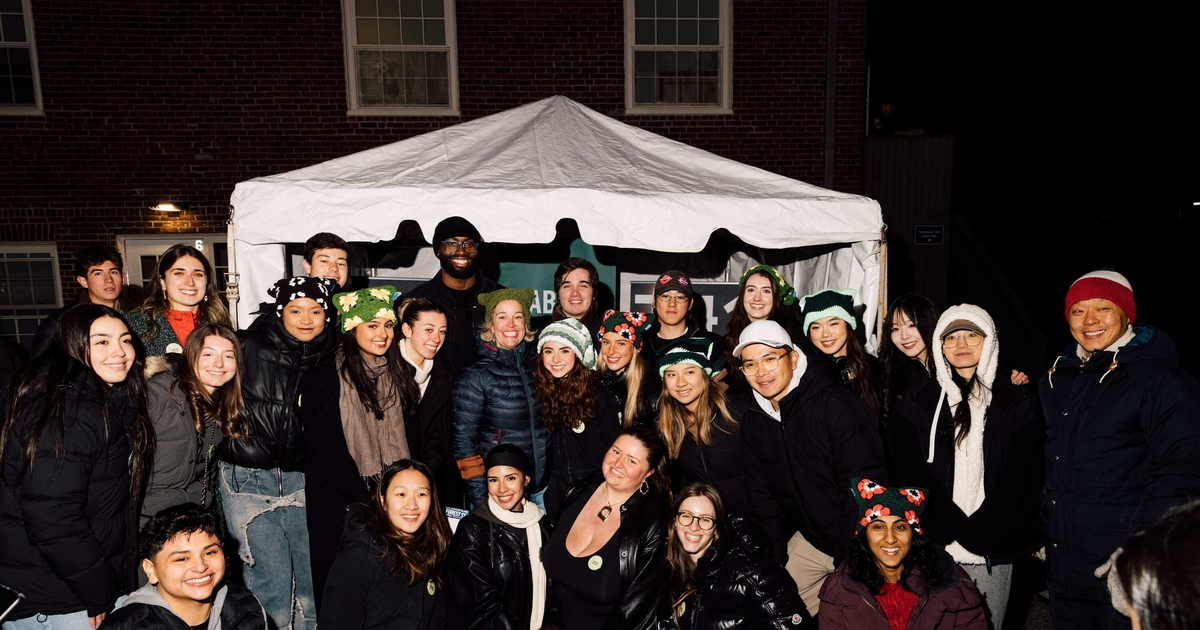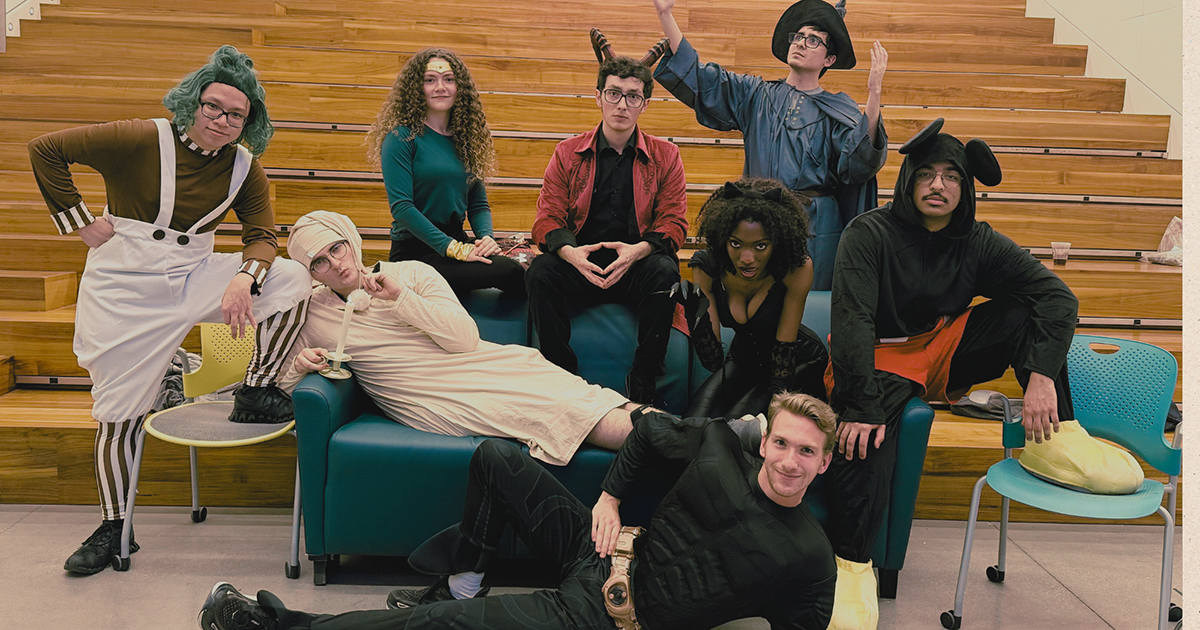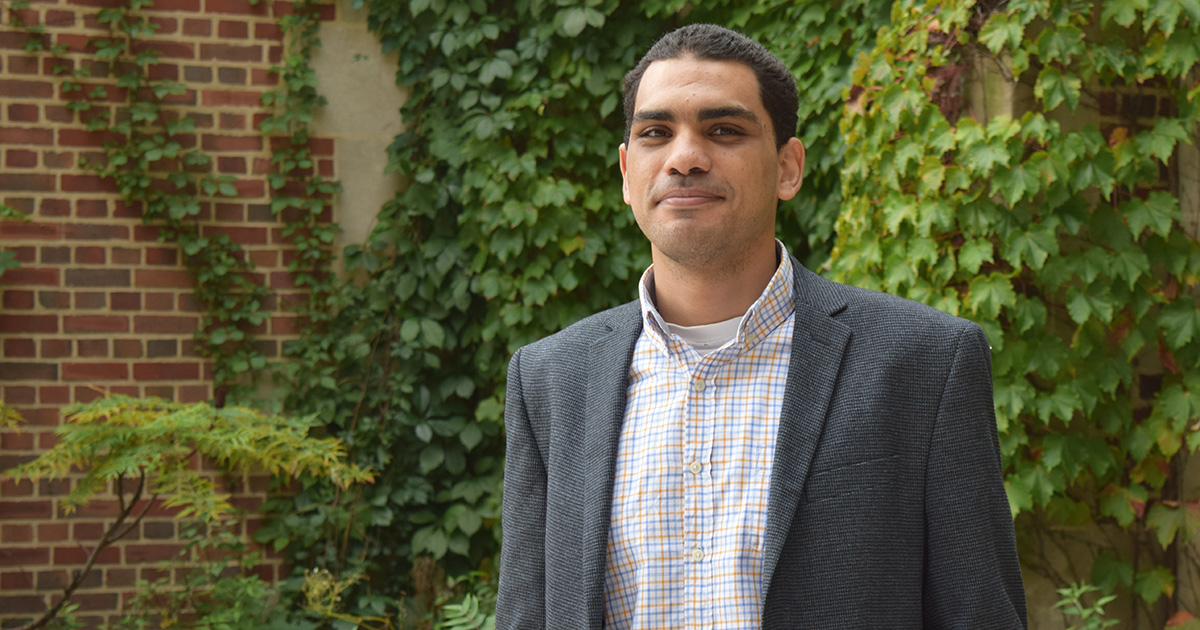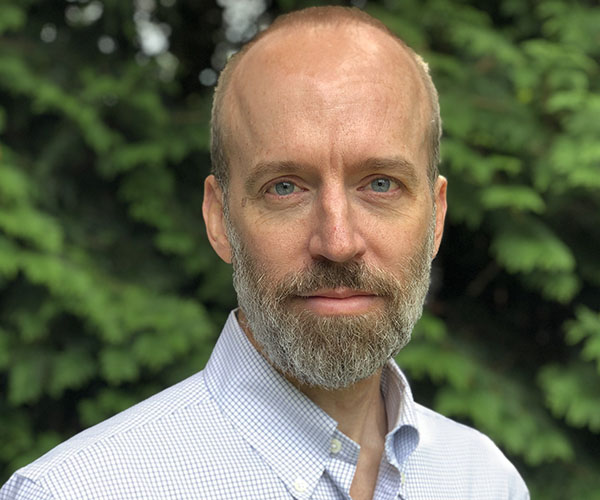Care.com’s Sheila Lirio Marcelo’s Advice for Entrepreneurial Women
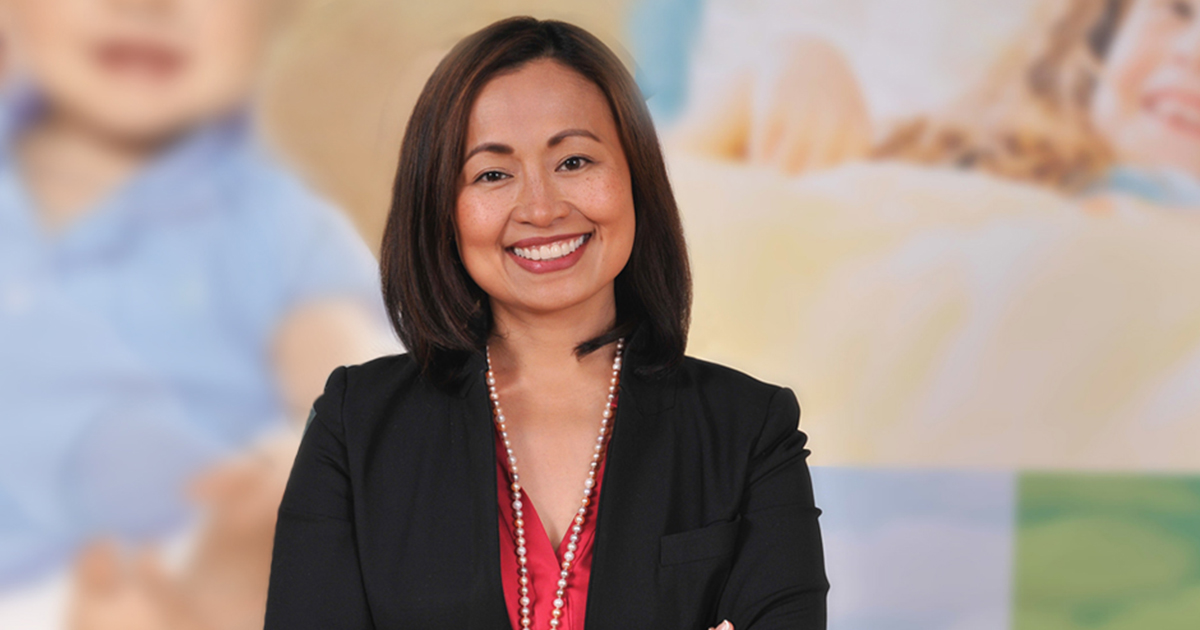
In the early 2000s, the Yellow Pages just weren’t cutting it.
At least not for Sheila Lirio Marcelo. Having recently given birth to her second child, she enlisted her parents to help with babysitting. But, those plans swiftly changed after her father suffered from a heart attack. Rather than being set, she was scrambling to find care for her children and her ailing father. Hence, the Yellow Pages, and hence the inspiration to develop a better solution for families everywhere.
That solution grew to become Care.com, an online destination for finding and managing family care. Care.com enables families to identify, vet, and hire caregivers for children, adults, and pets. Users can find housekeepers on the site, too. In addition, Care.com serves as a platform for qualified caregivers to create a profile and connect with potential employers—a new job is posted every two seconds. Now in its 10th year, the site boasts more than 20 million members across 18 countries, and has transformed the way families around the world address their care needs.
As founder, CEO and chairwoman, Marcelo has grown Care.com from idea to launch, and tackled many challenges that plague female entrepreneurs today. She has earned a slew of honors and recognition, including being named a “Top 10 Women Entrepreneur” by Fortune magazine. This fall, she’ll be inducted into Babson College’s Academy of Distinguished Entrepreneurs®.
We spoke to Marcelo about her path to entrepreneurship, her experiences as a female founder, and her advice for fellow women entrepreneurs.
Some quotes have been edited for length and clarity.
You grew up in an entrepreneurial household. How did that shape your path growing up?
Sheila Marcelo: My parents were entrepreneurs; they owned a variety of businesses. I learned so much from observing them. They were incredible role models and taught me quality, work ethic, drive, and commitment at a young age. I was encouraged to be a lawyer. But, even after law school and business school, I knew I wanted to become an entrepreneur. I wanted that lifestyle: the risk taking, building things, making things happen. It’s a dream come true to be doing what I’m doing today.
What was your career like before founding Care.com?
SM: My first job out of college was in litigation consulting. That’s where I started learning about telecommunications and technology—which was so interesting to me—so I started working at a telecom consulting firm. Eventually, I went to Harvard Business School to get my JD/MBA, where I took courses that made me fall in love with the internet and building businesses. But, I needed more operational experience, so I joined Upromise as part of the founding team. I learned about everything while there—I call it my general management tour of duty. From there, I joined The Ladders to get stronger entrepreneurial legs. I helped scale that company before becoming an entrepreneur in residence at Matrix. I didn’t even know what an entrepreneur in residence was. But, I took that role and it allowed me to build a network in Boston, and develop and write the Care.com business plan.
As a female founder, what challenges did you face taking Care.com to launch?
SM: My initial challenge was my own mental barrier. I was worried about how I would be perceived and judged for the business I was founding. A friend of mine from business school confirmed that worry; she said, ‘”You’re going to start a babysitting company?”
A lot of entrepreneurial women face similar challenges. Any advice for them?
SM: So much of it is what I call the three p’s. First: perception. Don’t worry about how you’re being perceived, especially as a woman entrepreneur with a female-centric business. I learned I had to play by my own terms and be authentic to who I am. Don’t worry about fitting in to the molds of business stereotypes. Second: perfection. As women, we feel like we have to be perfect in order to deserve things—a raise, a promotion. We hold ourselves back. Men don’t have that problem. So take the risks; you can figure it out as you go. Third: pleasing. As women, as caregivers, we prioritize everyone else and put ourselves at the bottom of the list. To grow in leadership, you have to be a narcissist; focus on yourself, understand yourself, take time for yourself. It will make you a better leader.
There’s a considerable gap in venture capital funding for women vs. men. Did you experience any issues when raising funding for Care.com?
SM: We experienced male funders who didn’t understand the service Care.com provides. We always get the question “If my wife uses it once, why would she use it again?” In one meeting a female financial analyst spoke up and said, “I’ve used it eight times in the last three years. Can we move on to the next question?”
Improving the pipeline of females in venture capital is huge. It creates more diversity in the partnership room to make a decision to invest. It’s also important to create networks of female investors and entrepreneurs—the same ecosystem and network that men benefit from.
Your work with WomenUp and Landit helps train female leaders. What are you most proud of with those organizations?
SM: Hearing stories of the graduates of each program. It’s emotional. It’s like a light bulb goes off. They realize the strength they have within and their ability to conquer what’s been holding them back. I feel an unbelievable amount of satisfaction in that.
Posted in Entrepreneurial Leadership
